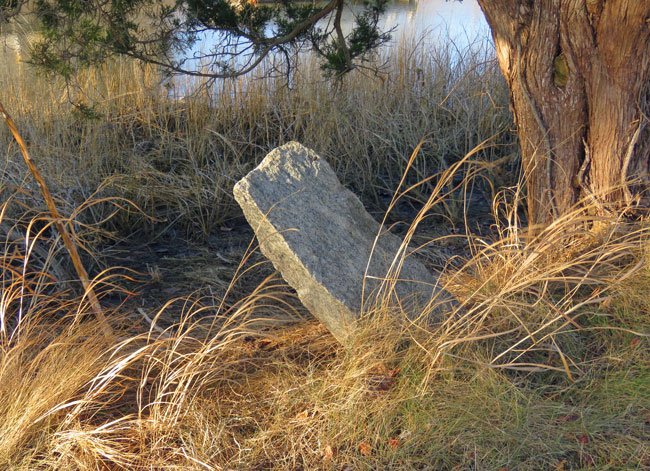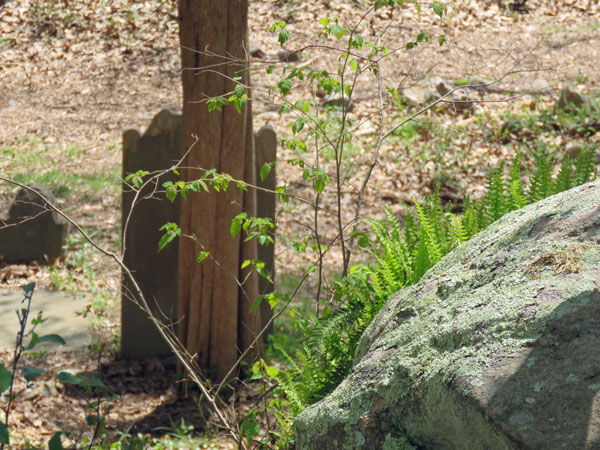
When we arrived at the botanical garden on Friday, Tim needed to tie his shoe, which gave me a minute to look at the roof of the gazebo he was sitting under. It was full of reindeer lichen and all kinds of moss so I took a few pictures with my zoom lens. When I got home I noticed those tiny red dots on the lichen. (above picture) Apparently these are called lichen fruiting bodies (apothecia) which contain spores that are dispersed in the wind. Just a little biology lesson for the day…


A quick stop by the bird feeders and there I found another life bird, this time a female Purple Finch!

The Purple Finch is the bird that Roger Tory Peterson famously described as a “sparrow dipped in raspberry juice.” For many of us, they’re irregular winter visitors to our feeders, although these chunky, big-beaked finches do breed in northern North America and the West Coast. Separating them from House Finches requires a careful look, but the reward is a delicately colored, cleaner version of that red finch. Look for them in forests, too, where you’re likely to hear their warbling song from the highest parts of the trees.
~ All About Birds website

We listened for a long time to a Carolina wren singing its heart out in the branches above us…




If we will be quiet and ready enough, we shall find compensation in every disappointment. If a shower drives us for shelter to the maple grove or the trailing branches of the pine, yet in their recesses with microscopic eye we discover some new wonder in the bark, or the leaves, or the fungi at our feet.
~ Henry David Thoreau
(Journal, September 23, 1838)

And finally, tucked away in a shady spot in the herb garden we found a patch of Lenten Roses blooming. They’re not actually roses, they are in the buttercup family. There are many varieties, flowers ranging in color from deep red to white and many shades in between.




It was a lovely surprise to find these flowers blooming so abundantly on a gloomy February morning!








































































































































